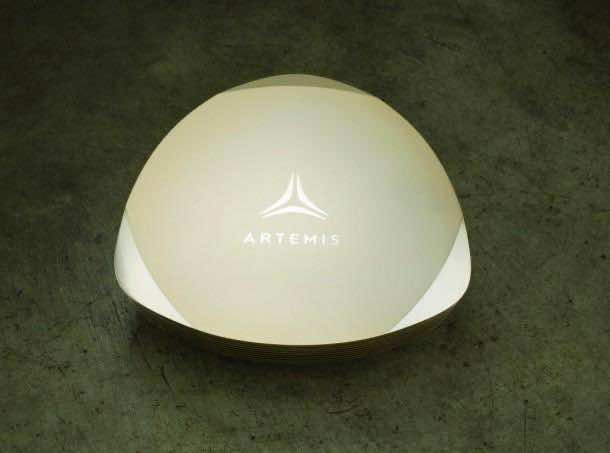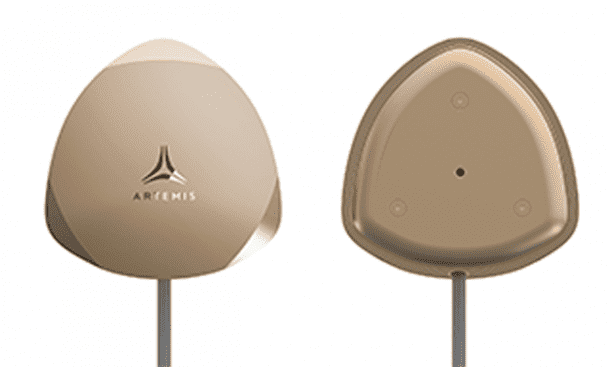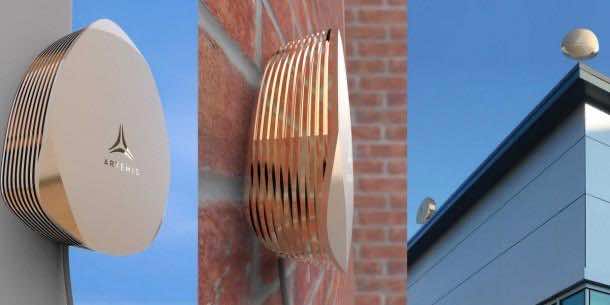The wireless networks that power our mobile phones are constantly improving, but there is always room for improvement. People still face a drop in signal strength in big cities and can always use more speed, better reception in crowded areas. Luckily, a startup with great engineering talent has come up with a solution that can change cellular networks forever.
Artemis is a startup company which was founded in 2011 by Steve Perlman. Their creation, called the pCell, will set new wireless standards that will surpass the current 4G technology. There is quite a bit of uncertainty that surrounds the new approach, just like any newly game-changing technology, but here is the basic information that you will need to understand the pCell and how it will change a important part of our lives.
What is it?
Simply put, the pCell (short for “personal cell”) is a miniaturized version of the cell tower. Current cell towers act as giant umbrella tops, they provide a bubble of reception where they are placed. Reception from a cell tower gets weaker as you move farther away, so they have to be placed close enough so that you don’t completely lose signal strength, but also far enough so that there is no interference. If there are too many people using the same cell tower for data transfer, the tower is overloaded and gets bogged down.
The pCell uses a completely different approach. Instead of having giant cell towers placed scarcely across a certain area, Artemis will place a large number of boxes to cover far smaller areas. These boxes will be the size of routers (called pWaves) and will provide greater service to a smaller area instead of average service to a large area. Another plus point is the pCell performance is improved by the addition of radio waves. This means a person will have four bars at all times and will also be able to access speeds that are a 1,000 times faster than 4G.
How is it better than 4G?
The reasons are simple – better signal strength, faster speed and also more efficient. pWave radios use only 1-milliwatt transmitters to deliver data that is far less than the 250 milliwatts used by Wi-Fi radios and the substantially greater power used by cell towers. Besides this, the infrastructure required is also significantly lower in cost. Mobile phones will also use less power as they won’t have to constantly search for a signal. With a number of pWaves placed in such a way that they can bounce data off each other, only a powerful Linux computer is required to control pCell.
Will you have to buy a new device?
The short answer is no. Current devices will easily be available to use the pCell network to transfer data. Although in future, we could see “pCell Native” devices that are built specifically to utilize the lower power requirements of the pCell and give a better battery life and improved performance.
How long until the technology is introduced into the real world?
The first consumer launch is expected to be around the fourth quarter of 2014 in San Francisco. Artemis is working on deploying pWave devices over 350 rooftops across the city. After that, full pCell deployment should start around next year, with the technology available in all major markets by the end of 2015.
Although the timeline seems a bit optimistic, we can still expect to be using this technology in all major cities in a few years time. Although the technology seems very promising, it still has a long way to go to prove itself to companies that will invest in its development.






How is this pCell different from Pico Cells that are an already deployed for commercial uses?
to me its nothing but a pico cell. You are right